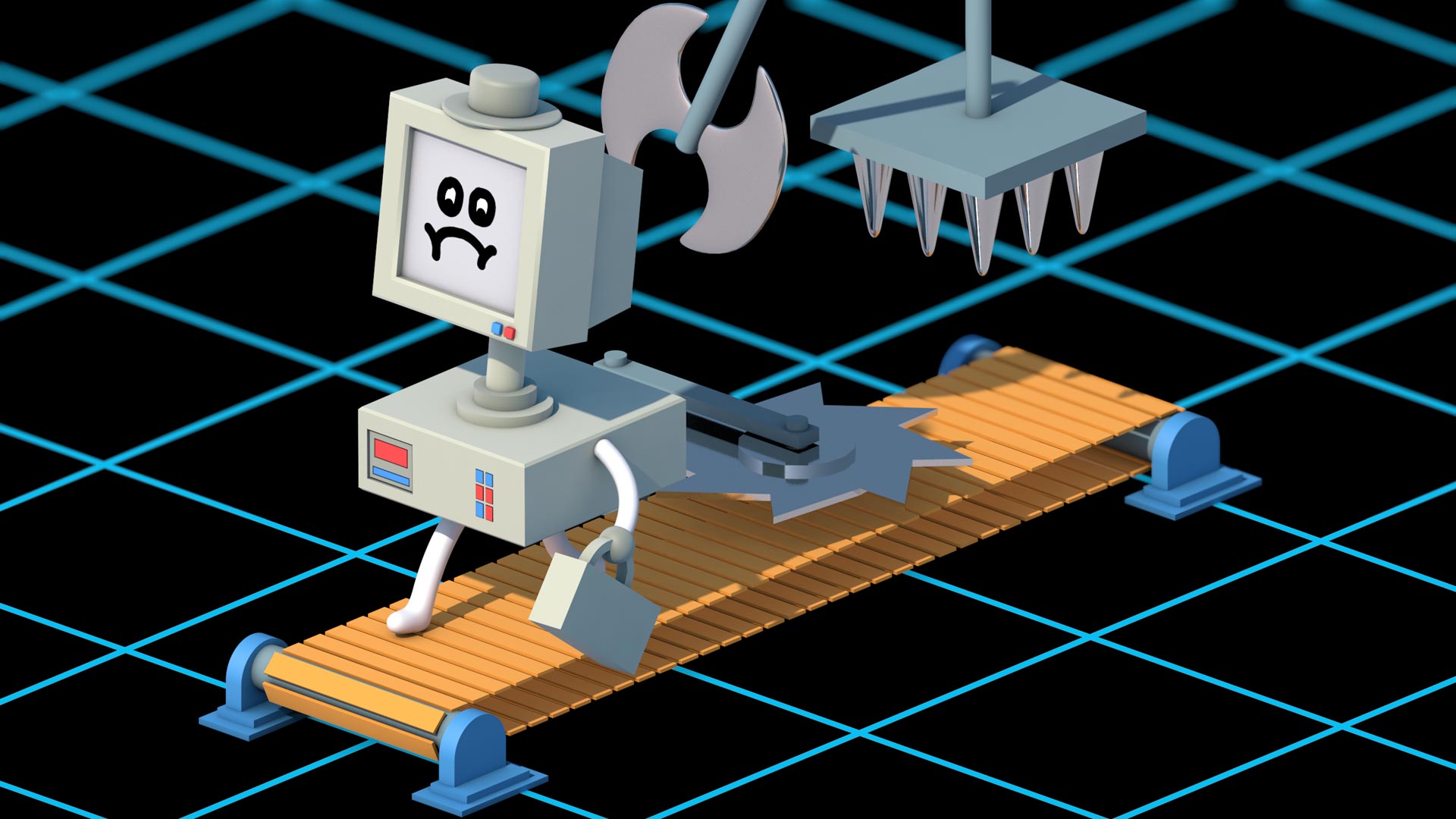Technology has dramatically improved the way companies in a wide range of niches and industries conduct business. However, when technology is not properly utilized, it can be a detriment and may impede operational growth.
The reality is that all businesses today need to make full and proper use of technology and innovation to keep up with the demands of the marketplace, but many companies are not aware of their failures and weaknesses with regard to IT and technology. Thus business owners need to think about this.

Here are a few of the more common tech-related issues that may be hampering your business today.
1. Inadequate security and backup measures.
In order to safeguard data in an efficient way, companies need to take adequate measures. All too often, unfortunately, many companies find that security measures are too time-consuming and inconvenient, and because of this, common security efforts are scrapped altogether.
However, the damage associated with a security breach can be monumental, and security measures may actually be easier to take than you might think. You simply need to properly train your employees about proper and easy safety and security measures and encourage them to do so on a regular basis. For example, choosing safe passwords and backing up data regularly are two effective steps that can keep data secure.
2. Poor maintenance.
Another risk factor that many companies face relates to IT maintenance, including both preventive maintenance and routine maintenance. These steps are necessary to keep your critical systems running smoothly and efficiently and to reduce the risk of viruses and other vulnerabilities causing serious harm to your systems.
Some businesses fail to do regular maintenance as needed or recommended because they do not understand the importance of it. Other companies do this work on their own, but they fail to complete all tasks fully and accurately. Both of these factors can be risky and are not ideal for the health and security of your equipment or network.
It is best to hire a skilled IT professional to properly maintain your IT system on a regular basis. While there is a cost associated with maintenance service, keep in mind that this is a small price to pay in comparison to the alternative of an expensive security breach or a serious loss of data.
3. A lack of training and tech support.
Some businesses also struggle to grow because their team lacks the technical training and skills that are needed to make full use of IT equipment and business software. The reality is that even if you invest in the right technology, your team cannot use it if they are not trained to do so.
Therefore, your team needs continual and thorough IT training, support and monitoring if you want to make full use of the technology that you have already invested in. Ensure that you plan and budget for this, otherwise you risk low productivity and, consequently, customer dissatisfaction.
4. Too few upgrades.
Just as your company needs to take advantage of the investment of new equipment and machines periodically, it also needs to invest in upgrades. Upgrades may require a financial investment as well as the investment of time and resources as you learn how to use them and begin their implementation in your daily operations.
This includes upgrades for hardware and software alike. Focus your attention on strategically using upgrades just as you do new technology if you want to benefit fully from the latest and greatest innovations available.
5. Emergence of disruptive technologies.
Disruptive technology is a new technological device or software program that emerges in the industry and that cancels out the need for an existing technology that you may currently be using. It essentially alters how your company may use some existing technology, so this can disrupt the use and availability of technology in your space.
In this regard, businesses often face a dilemma: to stick to the existing technology or to use a new one?
Some businesses don’t like change, so they find themselves at a loss once the disruptive technology proves to be a better solution, and lose to the competition.
On the other hand, some businesses spend a lot of money on a new technology that may turn out to be unsuccessful. Finding a balance between trying new technologies and staying with the tried and true is therefore important.
6. No knowledge of big data.
Big data is a hot topic in the business world, but you may not understand how it impacts your business or how you can use it from a technological standpoint.
As a business owner, you must find a way to successfully use technology to gather the right amount and type of data as well as to quickly and effectively analyze it in a way that is useful. So, don’t focus on the quantity: it amounts to inefficient storing because sheer gathering can cause information overload. Make sure to collect quality data and analyze it in the right way.
7. Too much money.
Technology can be expensive to adopt, and many small businesses are unfortunately at a disadvantage in comparison to larger companies with deeper pockets. You may be inclined to cut IT costs so that you can take advantage of new technologies in different ways.
However, this is not necessarily a good idea. Cutting any IT costs can be detrimental and limiting, and you may need to find other cost-effective or money-saving solutions so that you can take full advantage of the effective IT solutions available.
Conclusion.
In conclusion, small businesses face many IT-related challenges. Because of the combination of rapid changes and high costs, many small businesses find it difficult to know when to adopt IT changes and how to pay for these changes.
However, because of how important technology is for small businesses, it is vital that small business owners pay close attention to this aspect of their business and make thoughtful, informed decisions along the way.
Leave a Reply